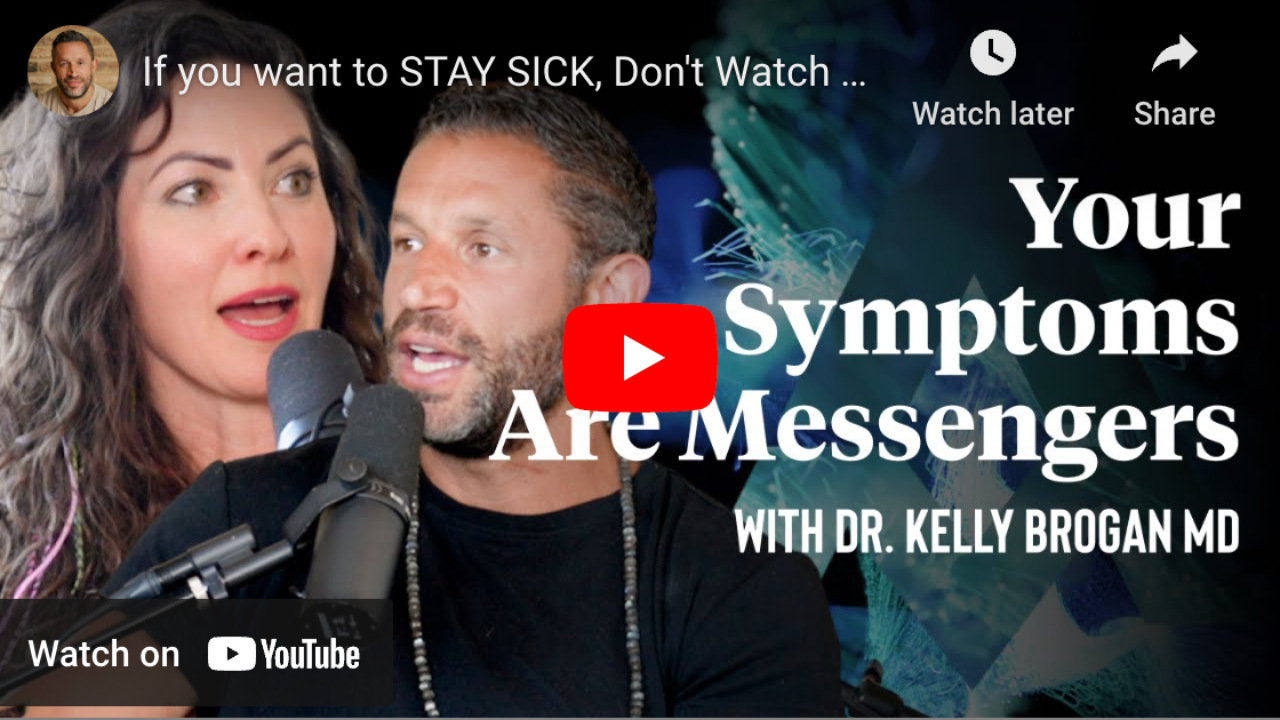Enhance Your Mood With Food – Eat Naturally

When I was three months postpartum my first child, I thought: when I’m done nursing, I’m going vegetarian. I had the competing impulse to cleanse my diet and to postpone restricting my diet until after I was no longer the sole source of my daughter’s nutrition. I was compelled by the clear and urgent need to treat animals with compassion and respect, I felt sufficiently convinced that I could replicate and supplement (with a high degree of accuracy) the missing nutrients, and I believed that it represented a “cleaner” existence. Simultaneously, I was learning about fatty acids as they applied to mental health, neurology, and conception.
It was through my exploration of the importance of fats and fat soluble vitamins, that I began to question my assumption that we can get what we need for health, and particularly reproductive and mental health, from a low animal protein diet. I focused my attention on vitamin A (in its usable form), D, and K2, in addition to B6 and B12, choline, zinc, and amino acids like methionine. I already understood the importance of these nutrients to mental health, but it was the work of Weston A. Price that convinced me, there might be a more global benefit. Dr. Price traveled the world and extensively evaluated the health impacts of various indigenous diets on health. He established shared criteria for a “healthy diet”. This was revelatory to me.
Enter the locavore, sustainable farming movement, Food Inc, Joel Salatin, and hundreds of hours of reading, and I felt like I had had a food awakening. Now the task was to understand how to interpret the “food” around and available to me – how to view it through a whole foods lens. My mother is Northern Italian and an effortless master chef. I was raised to eat naturally on home-cooking, and I can now see that there are historical elements to the Italian diet that represent ancestral staples – simple meats, fish, vegetables, fruits – and then there are the post-industrial layers like the pasta, bread, and biscotti. It’s time to peel back the layers to the core. Here’s a distillation of the components of a health-promoting diet, according to me:
1. Eliminate Processed Food
What does this even mean? I know that, when I went gluten free four years ago, I thought I was eating “healthy.” Processed food is, broadly, anything in a package. More specifically, it is anything with a long, unpronounceable ingredient list, and even more rigidly, it contains processed/hydrogenated vegetable oils, preservatives, dyes, sugars. Processed food is processed so that it is portable and shelf-stable. These goals do not overlap with yours. Let’s take a closer look at some of the more problematic aspects.
a. Refined carbs/flour
Flour, the way most people eat it, is bad for health for (at least) these reasons: it promotes unstable blood sugar, it contains genetically modified (and thus pesticide treated) grains, and/or it contains allergenic grains. In my practice, I focus on the ways in which unstable blood sugar can masquerade as psychiatric conditions. When some people eat high glycemic index foods like bread, their pancreas is stimulated to release insulin at levels that end up plummeting blood sugar. The experience of transient hypoglycemia is one of discomfort and anxiety – jitteriness, nausea, irritability, cloudiness, fatigue – and the short-term antidote is often more of the causative agent. A bagel with a midmorning donut chaser.
b. Allergens
Gluten, soy, and corn have been identified as allergenic foods, and a leading speculation as to how these foods became and are becoming more allergenic is the nature of their processing, hybridization, and genetic modification rendering them unrecognizable to our immune systems and vehicles of unwelcome information. Gluten (and processed dairy), when incompletely digested, result in peptides that, once through the gut barrier can stimulate the brain and immune system in inflammatory ways.
c. Sugar
It’s in almost every packaged food. Seriously. Look for it and you will find it. It may come with different labels – cane sugar, crystalline fructose, high fructose corn syrup – but it’s all sugar. The way the body handles fructose and glucose is different; however, which may account for why fructose is 7x more likely to result in glycation end products or sticky protein clumps that cause inflammation. In addition to the above mood and anxiety rollercoaster, sugar causes changes in our cell membranes, in our arteries, our immune systems, our hormones, and our gut. It’s pretty much the masterblaster of evil and we just aren’t built to tolerate it.
2. Eat Whole Food
a. All natural fats
The polyunsaturated fats, omega 3s, have gotten their share of well-deserved positive press because of what fish and fish oil (EPA and DHA) can do to promote anti-inflammatory mediators, cell membrane fluidity, and counter the effects of vegetable oils in our American diets. They don’t act alone; however. It is tempting to assign foods to different fat groups, but many fats present in concert. For example, grass-fed beef is not a “saturated” fat. It is actually primarily monounsaturated fat. Nonetheless, saturated fats are critical to cell membrane health and a brain that is 60% lipid by dry weight.
b. Probiotics
There is now ample animal research and preliminary human trials to support the ability of gut microbes to influence mood and behavior. All traditional cultures fermented their foods, lived in and with nature, and ate from it in a way that promoted a now endangered diversity of gut microbes. Medications, sedentary lifestyle, stress, and processed diet contribute to deleterious changes in our flora. We don’t need to go the fecal transplant route when we can get it through foods like lacto-fermented sauerkraut, pickles, kimchi, and protect what we have by minimizing toxic exposures. Most recently, pioneering work has implicated pesticides in the disruption of our beneficial bacteria.
c. Pastured animal products, wild fish
To come full circle, those animals whose lives are channeled into our own should be treated with as much regard for their native inclinations as possible. We must support the beauty of a sustainable organic farming system, its minimal reliance on petrochemicals and industrial grains, and the myriad benefits that come from humane cultivation of healthy beings. I recommend eating meat 5-6 days a week, and fish 2-3. I like the Perfect Health Diet image to help keep things simple. So what does this all boil down to? Eat sustainable, organic meat, fish, eggs, veggies including root vegetables and squash, fruit, nuts, and seeds! Get back to basics for better brains, hormones, and immune systems.
Characteristics of Traditional Diets studied by Dr. Price
- The diets of healthy primitive and non-industrialized peoples contain no refined or denatured foods such as refined sugar or corn syrup; white flour; canned foods; pasteurized, homogenized, skim or low-fat milk; refined or hydrogenated vegetable oils; protein powders; artificial vitamins or toxic additives and colorings.
- All traditional cultures consume some sort of animal protein and fat from fish and other seafood; water and land fowl; land animals; eggs; milk and milk products; reptiles; and insects.
- Primitive diets contain at least four times the calcium and other minerals and TEN times the fat soluble vitamins from animal fats (vitamin A, vitamin D and the Price Factor (now believed to be vitamin K2) as the average American diet.
- In all traditional cultures, some animal products are eaten raw.
- Primitive and traditional diets have a high food-enzyme content from raw dairy products, raw meat and fish; raw honey; tropical fruits; cold-pressed oils; wine and unpasteurized beer; and naturally preserved, lacto-fermented vegetables, fruits, beverages, meats and condiments.
- Seeds, grains and nuts are soaked, sprouted, fermented or naturally leavened in order to neutralize naturally occurring anti-nutrients in these foods, such as phytic acid, enzyme inhibitors, tannins and complex carbohydrates.
- Total fat content of traditional diets varies from 30% to 80% but only about 4% of calories come from polyunsaturated oils naturally occurring in grains, pulses, nuts, fish, animal fats and vegetables. The balance of fat calories is in the form of saturated and monounsaturated fatty acids.
- Traditional diets contain nearly equal amounts of omega-6 and omega-3 essential fatty acids.
- All primitive diets contain some salt.
- Traditional cultures consume animal bones, usually in the form of gelatin-rich bone broths.
- Traditional cultures make provisions for the health of future generations by providing special nutrient-rich foods for parents-to-be, pregnant women and growing children; by proper spacing of children; and by teaching the principles of right diet to the young.
This post first appeared on Dr Frank Lipman as Enhance Your Mood With Food.
Want to continue reading?
Enter your details below to read more and receive updates via email.









